A gallery of images to help fuel your imagination for what Alfred’s world was like
Check back regularly if you’ve missed any of the TBT social media posts where these first appear.
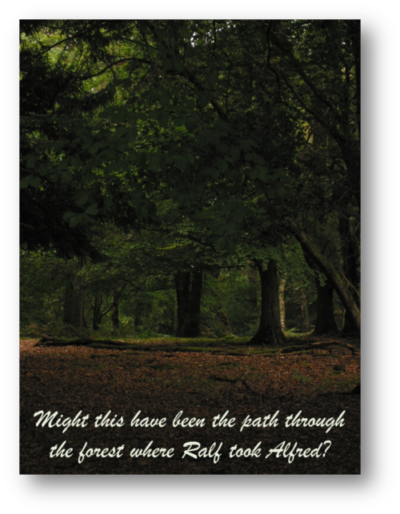 |
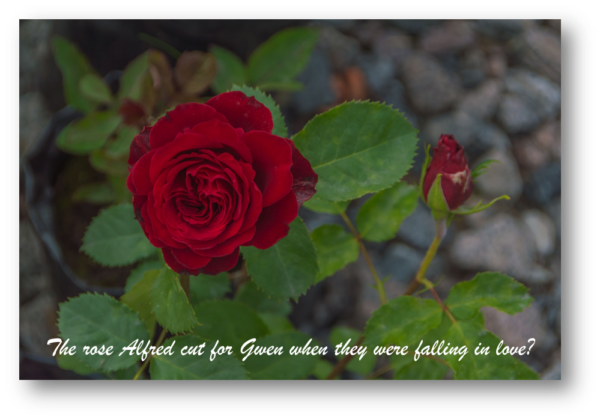 What had Gwendolyn just revealed to Alfred when he cut the rose and tucked it into her hair? (Hint: The answer is in Second Son.) What had Gwendolyn just revealed to Alfred when he cut the rose and tucked it into her hair? (Hint: The answer is in Second Son.) |
|
In the 14th century, the poorest people often had no clothing other than what they were wearing. If one had enough means to own 2 or 3 garments, the ones not in use would be hung on pegs. Rich merchants and the nobility, however, had sumptuous wardrobes, but closets as we understand them today didn’t exist. Clothing was stored in chests, often elaborately carved like this example. |
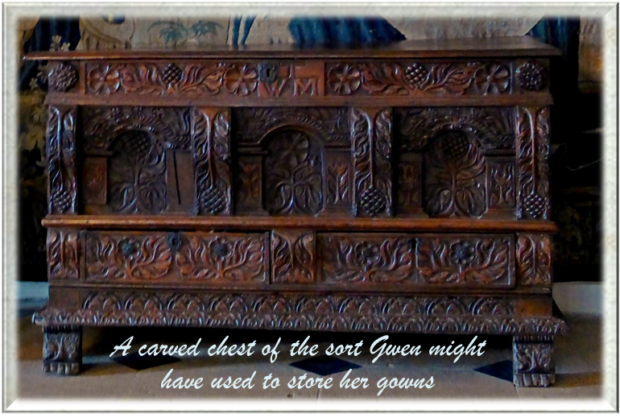 |
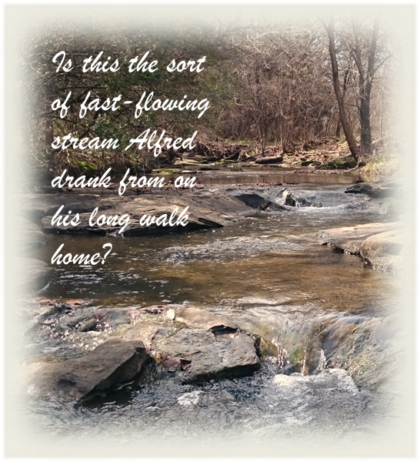 |
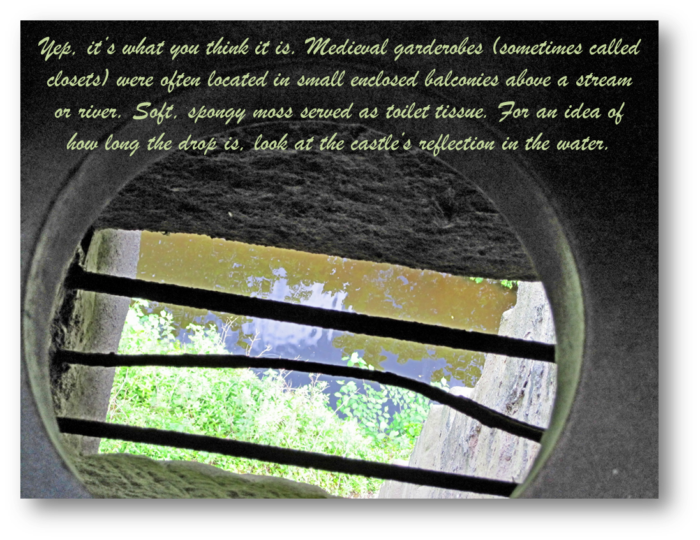 |
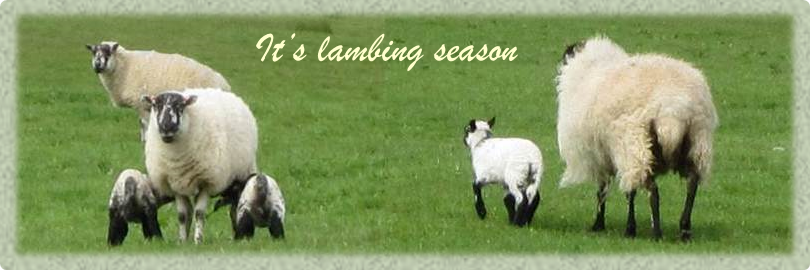
Although it’s possible for lambs to be born early in the year, they’re more frequently born in spring. Ewes with young lambs are a common sight in April and May. One year, though, Alfred was particularly happy to come across some early lambs. Find out why in Second Son. And enjoy the cuties below.
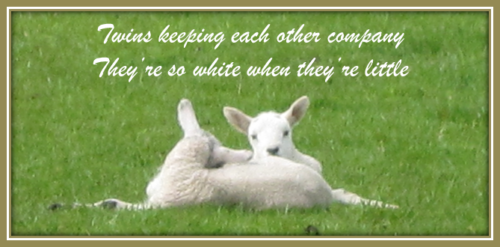 |
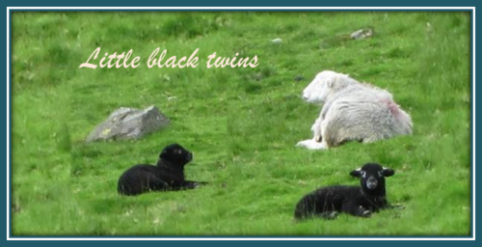 |
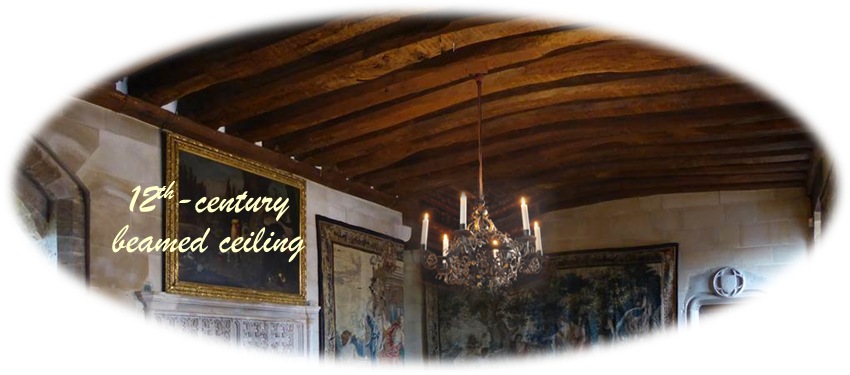
Tapestries on the walls were for decoration, certainly, but during the winter months, they also provided insulation from the cold stone walls.
By the 13th and 14th centuries, hammer beam ceilings were becoming more elaborate, some even with Gothic decoration.
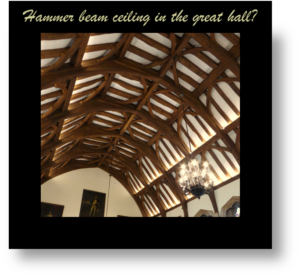 |
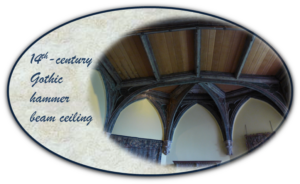 |
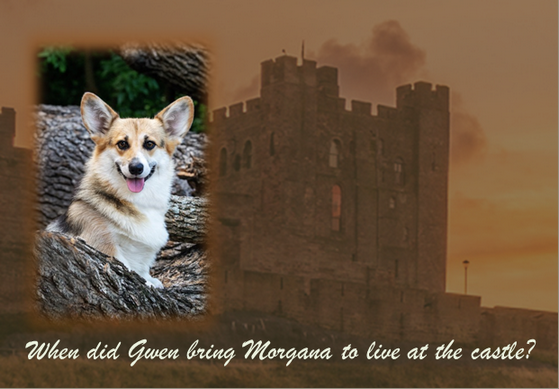 |
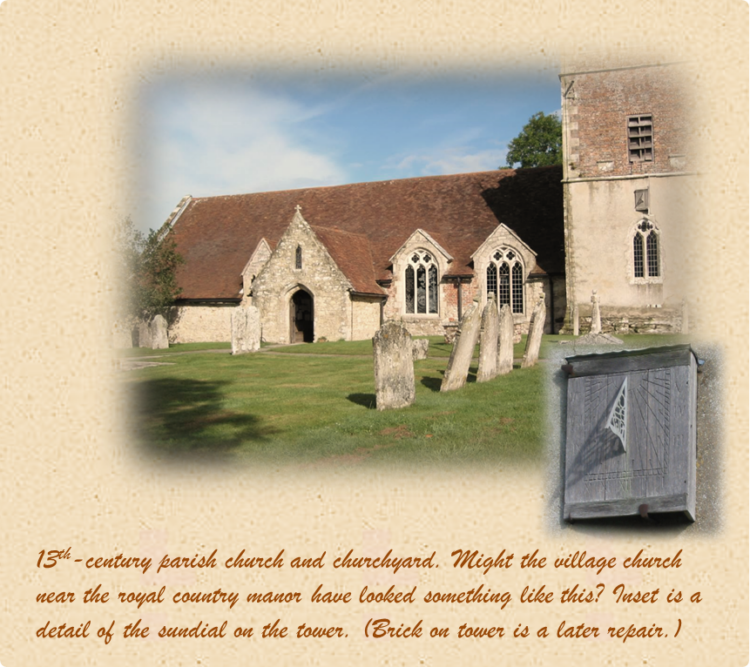 |
|
If you’ve been following the Chronicles, then you know who sent the message. Hint: The answer is in My Father, My King. |
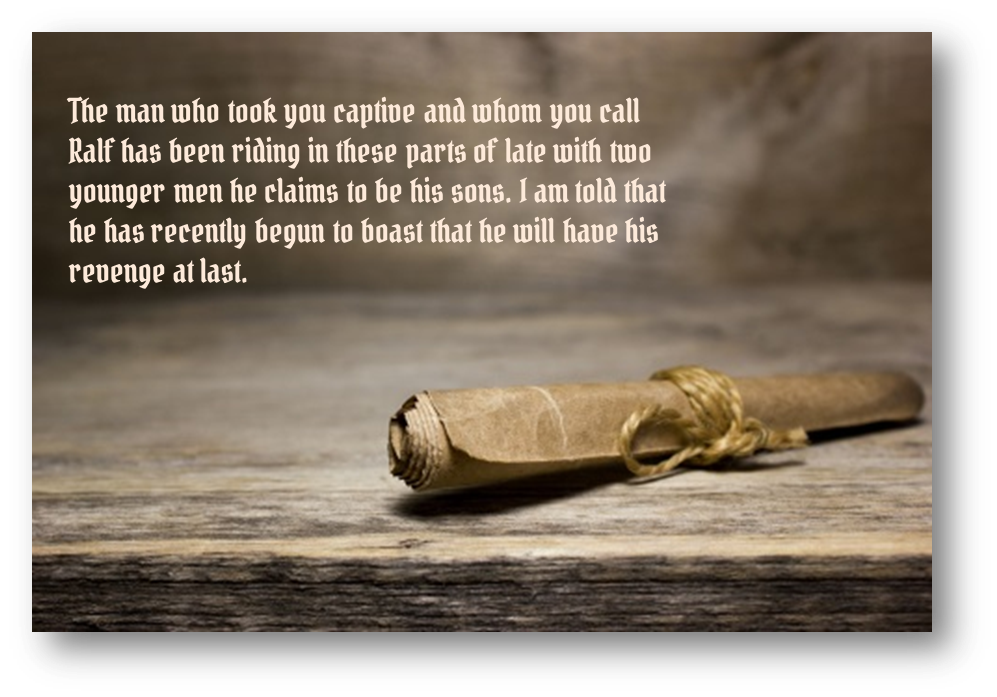 |
| Alfred was on a mission for the king when Lord Egon first admired Star Dancer. Which king? What was the mission? And what did Alfred suggest to Egon following this exchange? (Hint: The answers are in My Father, My King.) | The private chapel in the castle figures prominently in My Father, My King. Who used it most frequently? |
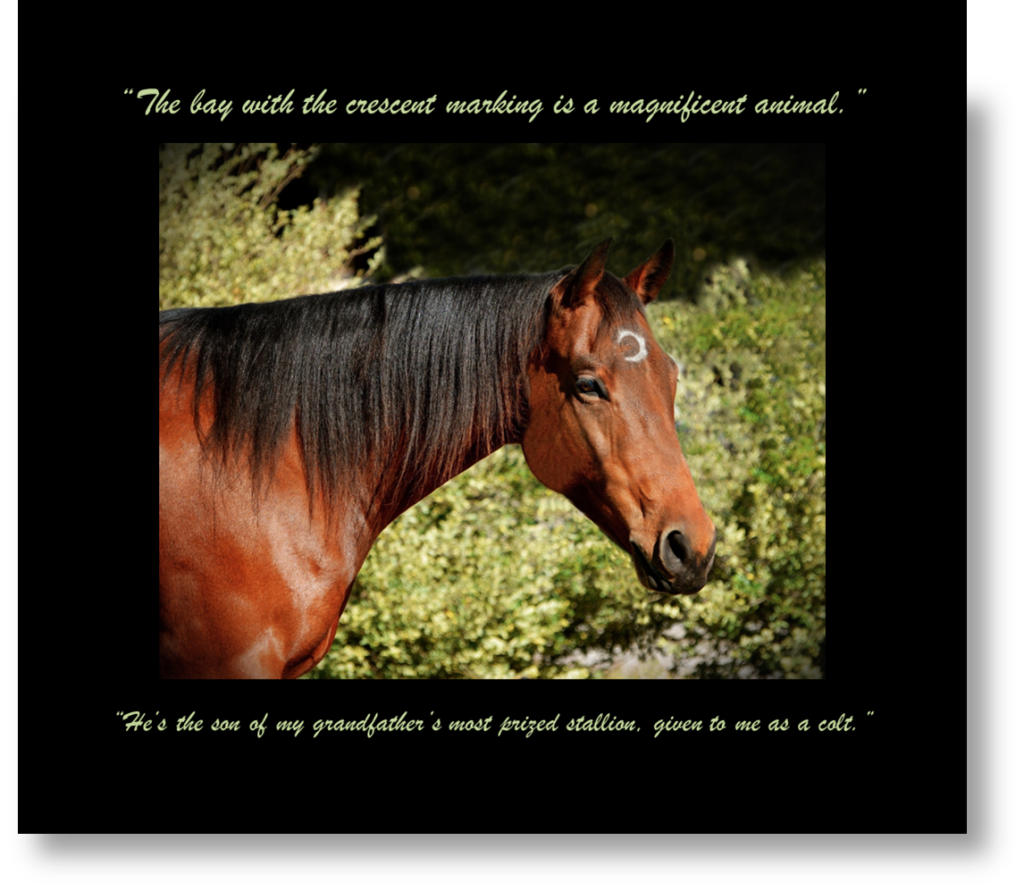 |
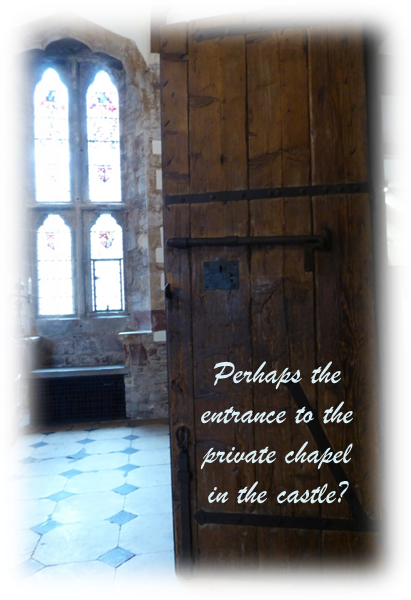 |
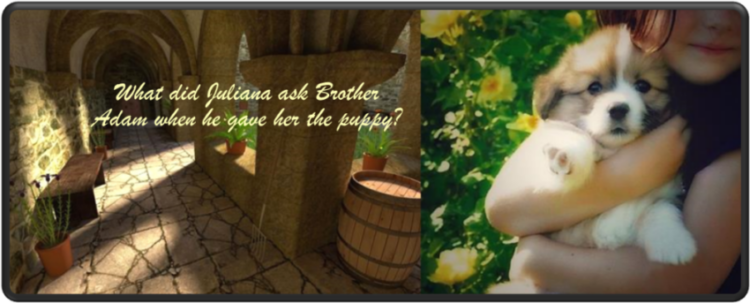 (Hint: The answer is in My Father, My King.)
(Hint: The answer is in My Father, My King.)
|
When this castle kitchen hearth was in use in the 13th and 14th centuries, there would have been a fire going all day and iron spits for roasting meat, hooks and racks for kettles and for pots to cook vegetables and tasty potages. The bread ovens may also have been used for pies, cakes, and puddings. A bin full of chunks of wood would have been nearby to keep the fire going. And on one side of the hearth would have been a stool for the turnspit — the boy whose job it was to sit there turning the spits regularly so that the meat roasted evenly. What was the big kerfuffle over kitchens in Pestilence? |
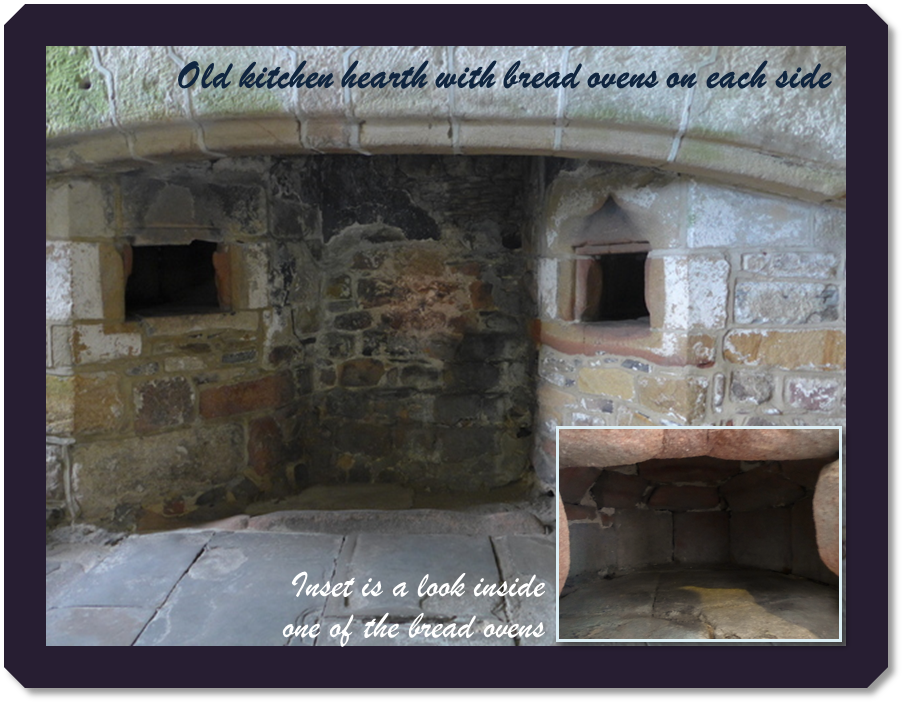 |

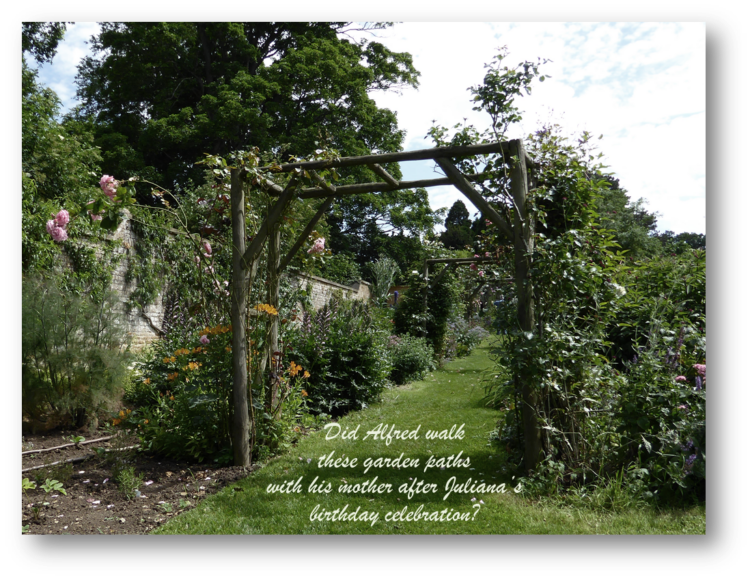 |
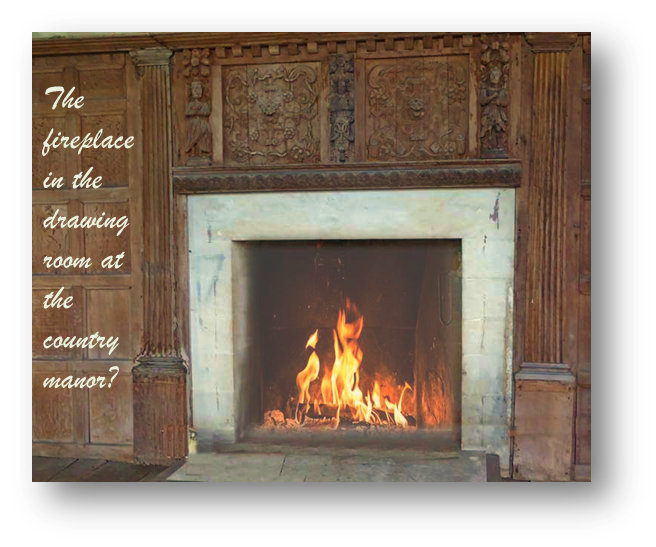 |
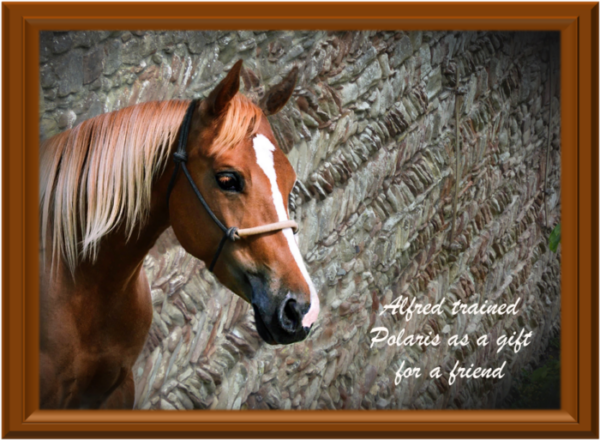
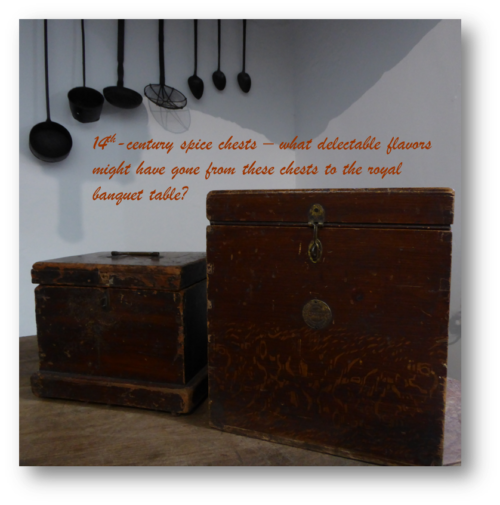
Spices were treasured in medieval and Renaissance times, especially those that had to be transported from the far east. If you look closely at the larger of these spice chests, you can make out the hasp for a small lock. Treasure, indeed!

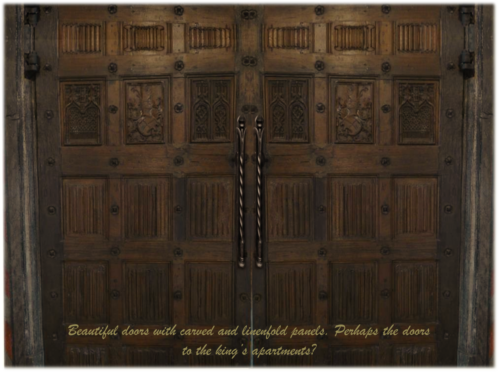
Imagine being an archer sighting and loosing your arrows over and over again at the enemy below trying to breach the castle’s defenses.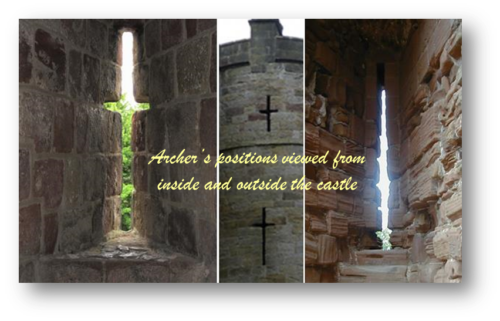 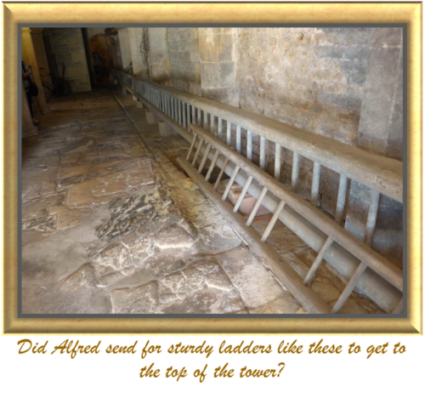 |
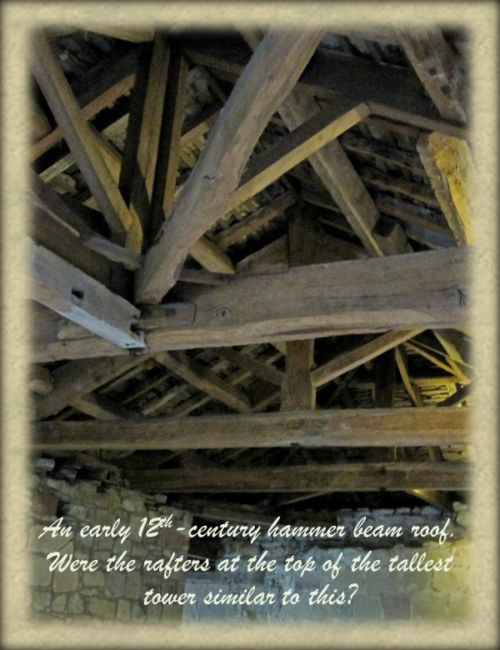 |
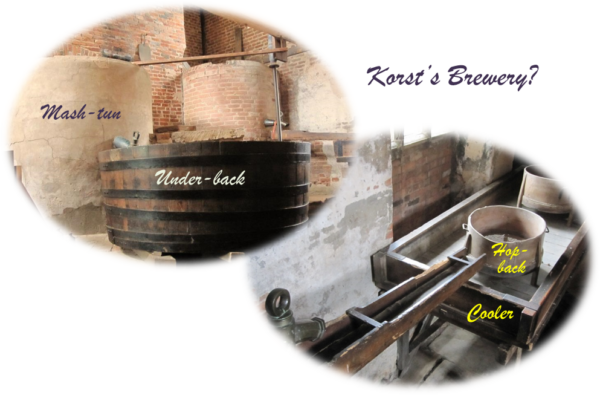
Look for details on medieval brewing under “14th-Century Life.”
